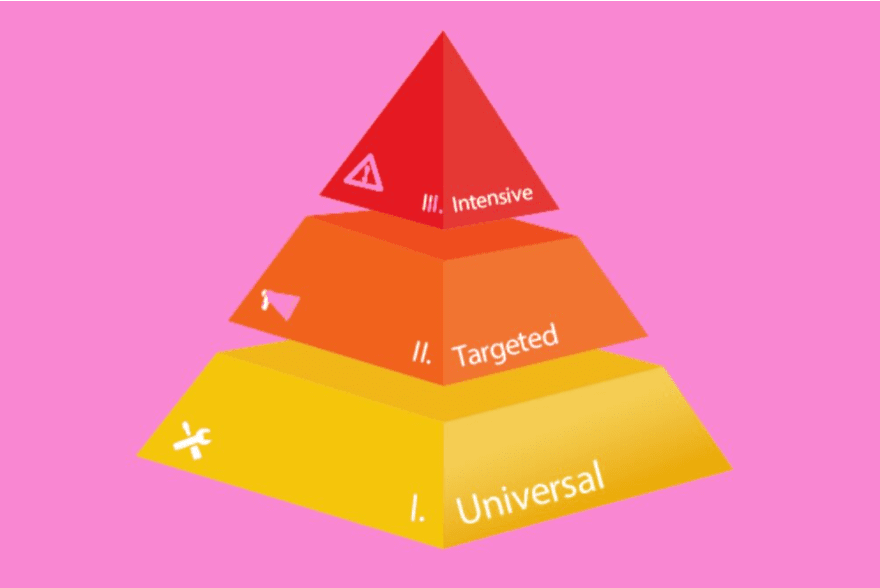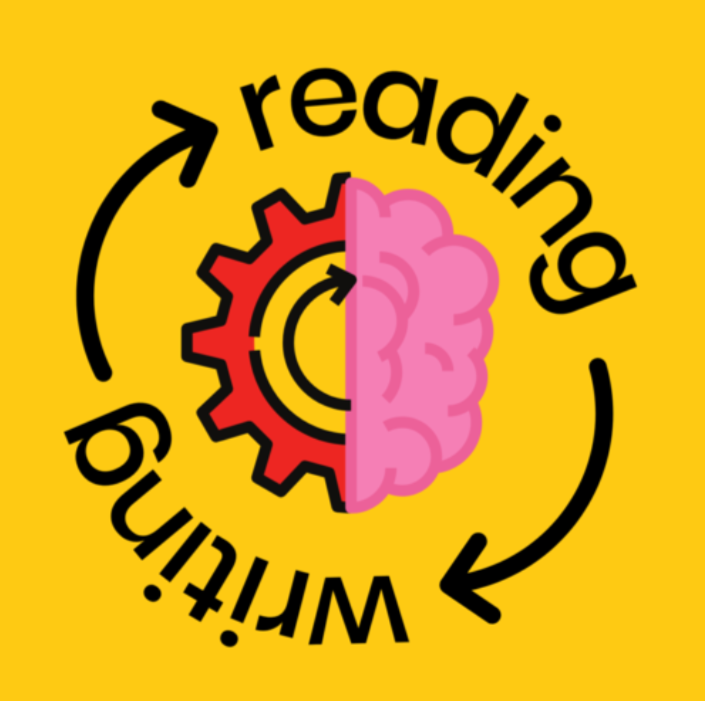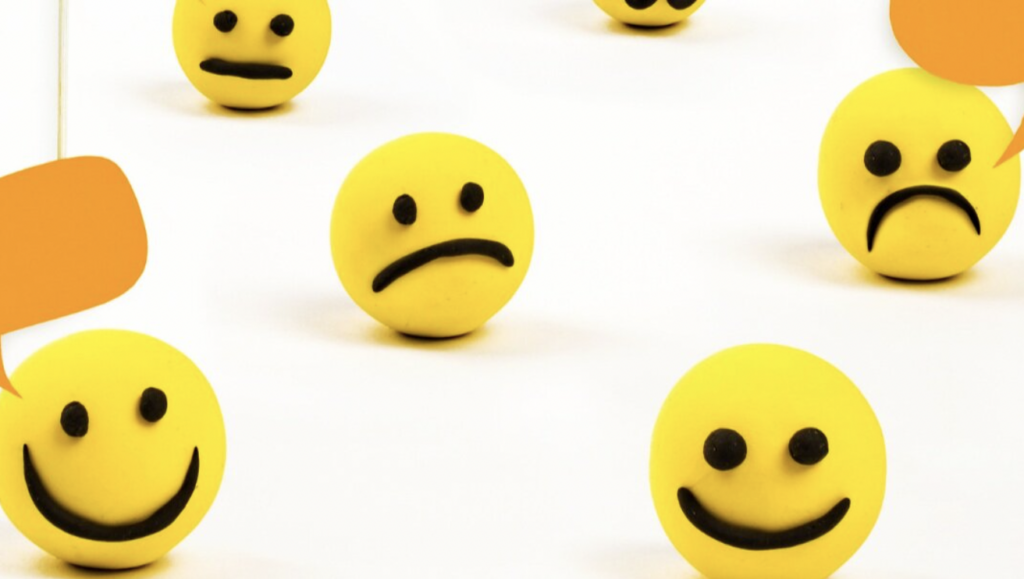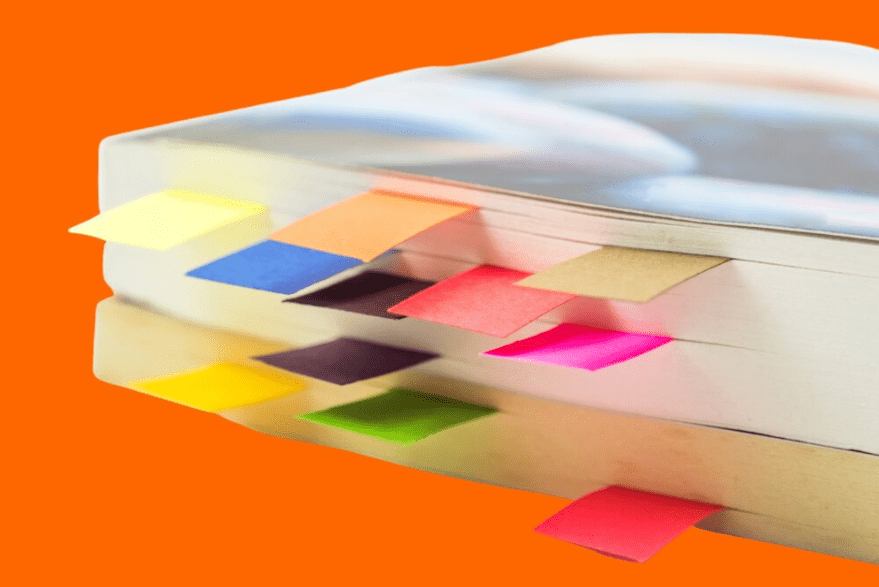
In any classroom, you’ll find a wide range of abilities, learning styles, and academic needs. Gone are the days of the “one size fits all” approach to teaching. Teachers begin the school year by planning assessments to get a sense of each students’ unique strengths and abilities. Some of these assessments are formal, some informal. Once teachers have collected and analyzed this data, they can begin to plan for all of the various ways they will help their students meet learning goals. Throughout the year, teachers continually re-assess students’ needs, re-evaluate the effectiveness of the learning paths available to students, and adjust instructional strategies as needed. This cycle of assessment, evaluation of need, and implementation of targeted strategies is known as Response to Intervention (RTI).
Tiers of RTI:
The RTI model consists of three tiers (also referred to as “Tiered Intervention”). Each “tier” refers to the level of intensity of the intervention and the number of students who receive supports at that level.
Tier 1
Tier 1 interventions are supports that many students in the classroom receive as a result of falling behind, or being at risk of falling behind. These supports are often used for at least half the class, and many of these types of more general interventions benefit everyone in the classroom (not just students who are struggling). An example of a tier 1 intervention is splitting a class up into guided reading groups by reading level. This allows teachers to provide more targeted instruction in phonics, comprehension, or both. This intervention not only helps struggling readers catch up, but it also provides enrichment opportunities for those students who are reading at or above grade level.
Tier 2
Tier 2 includes additional supports students might need if they are showing signs of more significant struggle. Usually this is a smaller group of students. A tier 2 intervention could involve a teacher providing a guided reading group with one or two additional guided reading sessions throughout the week in order to provide more targeted instruction in phonics and decoding.
Tier 3
Tier 3 should only apply to a very small percentage of the class—usually only one or two students. These are students who require intensive interventions as a result of a learning disability or impairment. Tier 3 interventions can be more formal, like a BIP (Behavior Intervention Plan), or as informal as built-in breaks during work time. They can also be as simple as providing audiobooks to students who have visual processing issues.
Goals of RTI
The overarching goal of RTI is to catch areas in which specific students are struggling before they fall behind. However, we always want students to meet learning objectives with as few extra supports as possible in order to help them develop independence. Some students will need tier 2 supports in order to keep up with the curriculum. Just a few students will need tier 3 supports. The tier a student needs is likely to change from subject to subject and throughout the year. It is not always the same students receiving tier 3 supports, unless they have specific services listed on their IEP.
Ultimately, it doesn’t matter which tier students require, as long as they are making progress toward their goals!




